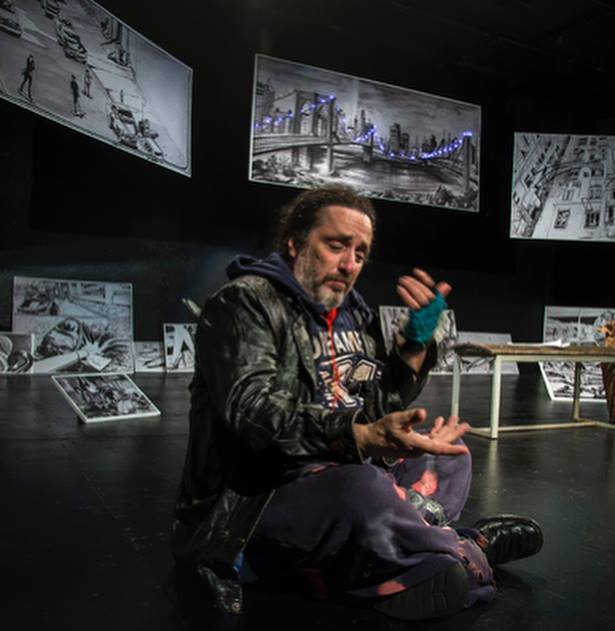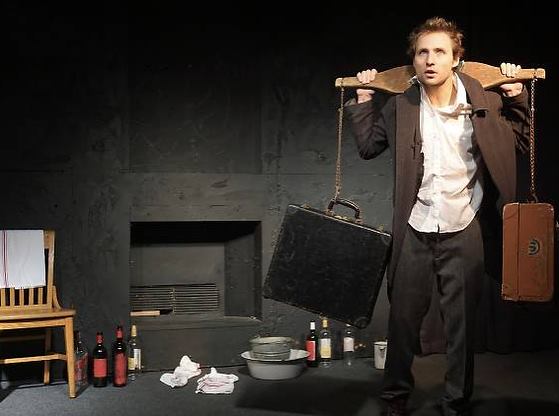An Intimate Experience on a Tiny Theater
Although the space in the East Village playhouse is tiny, it is both beautiful and mighty and promises a delightful and effective experience for the audiences. People who visit New York’s East Village Playhouse instantly fall in love with the intimate experience created by the theater. The space is great for intimate shows and the overall service is great too. The staff are very friendly and will guide you if you need any directions (though it is highly unlikely that you will get lost in the small and beautiful space housing the East Village Playhouse). Since the East Village Playhouse was opened it became a hit with audiences and attracts people from the greater New York region, as well as other parts of the United States of America.
The East Village Playhouse stands out from most of the theaters in New York, and across America, in that, it does not shy away from challenges or experimental production. Nothing embodies the openness to challenges and experimentation of the East Village Playhouses than the production, All Roads Lead to the Kursky station. Also worth crediting are the actors who perform on the East Village Playhouse, as they make excellent use of the space available, and for a moment make you forget about the smallness of the theater. The actors are also extremely gifted and know how to effectively bring out the idiosyncrasies of the characters they are playing. An evening at the East Village Playhouse is nothing short of delightful, and some of the performances are so humorous that you will virtually spend all your time at the theater with a hearty laugh. The East Village Playhouse is ideal if you are looking for a fun time with friends or family. The cozy atmosphere created by the small space makes it a no-brainer option for a romantic and hearty evening with your significant other. Regardless of whichever performance is on when you walk into the East Village Playhouse, you will walk out of the theater delighted to have spent your evening in such an interesting way.…


